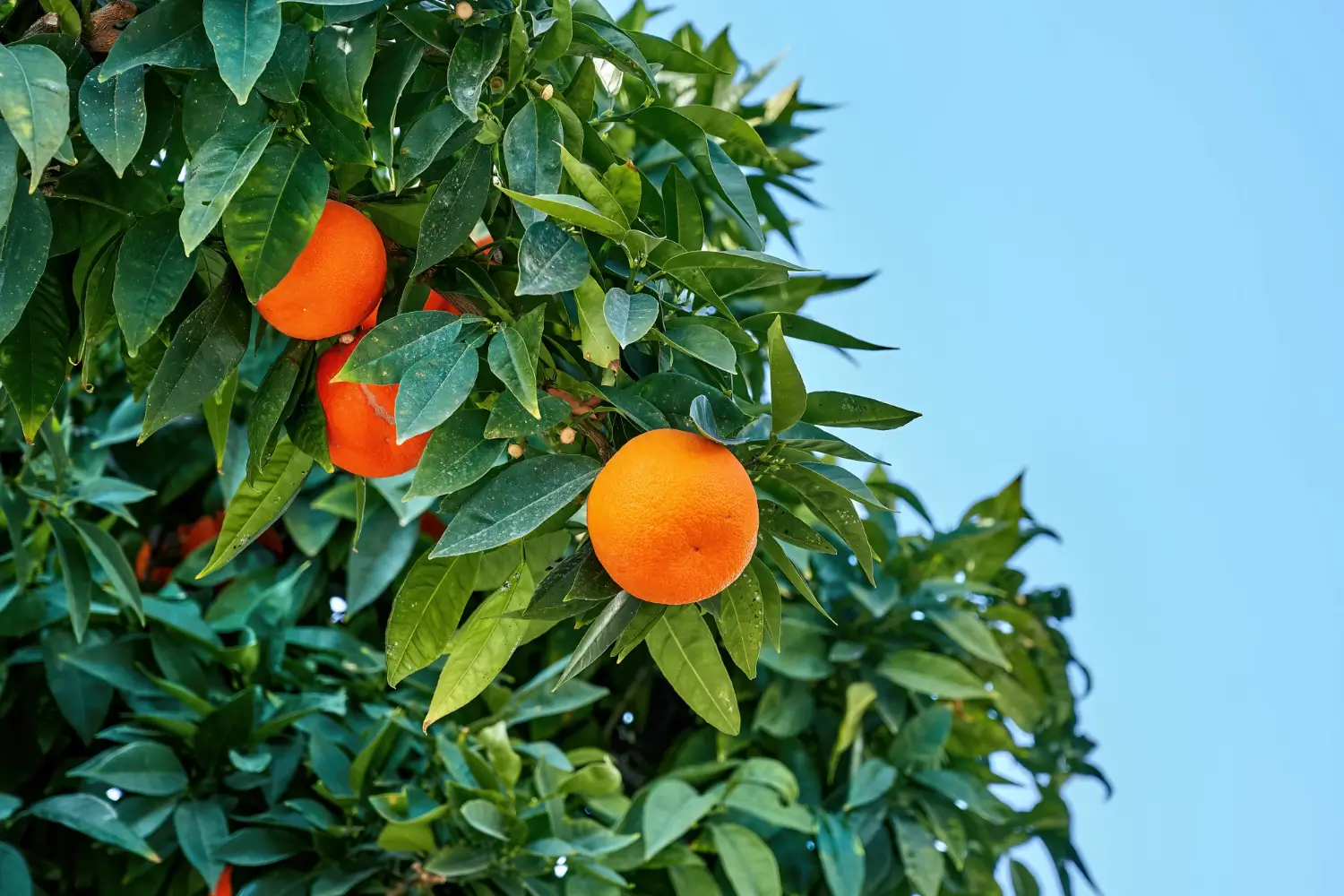
Soil Health & Fertilization
We unite suppliers and green industry professionals worldwide
Watercress prized for its peppery flavor and nutritional potency, has been used for centuries in soups, sandwiches and salads.
By Victor Miller
|Published on June 18, 2025
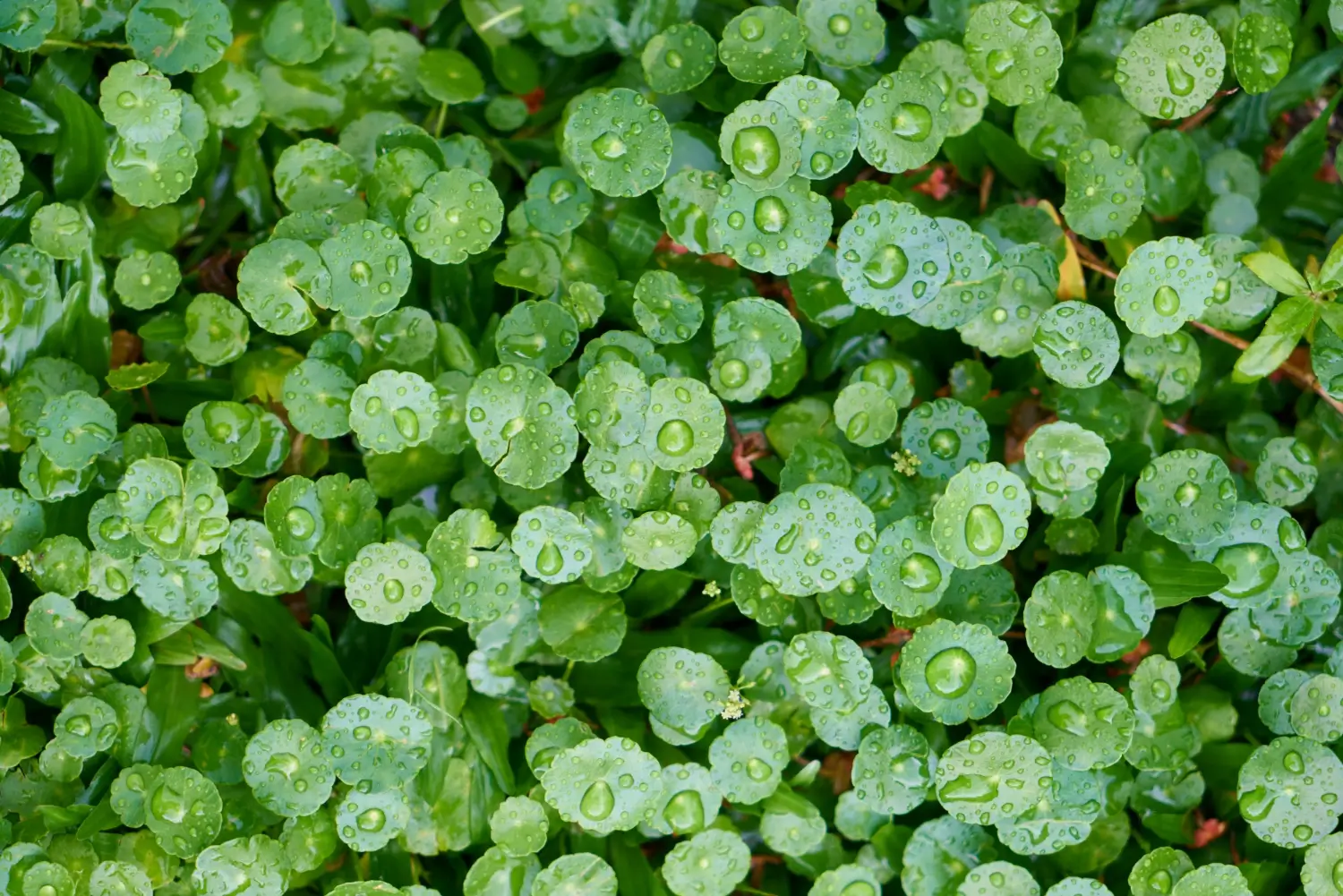

Have you ever wondered how to grow a superfood that waters itself?
Watercress (Nasturtium officinale), prized for its peppery flavor and nutritional potency, has been used for centuries in soups, sandwiches and salads. But what many don’t realize is that this crisp little leafy green grows best in flowing water and damp, bog-like conditions—making it one of the few edible plants you can grow semi-aquatically.
It’s believed to be one of the oldest known leafy vegetables consumed by humans, praised even by Hippocrates, who reportedly grew it near streams for its medicinal properties. Rather quick to grow with refreshingly low-maintenance, this peppery green is the perfect taste of green you can add to your garden, especially if you have a pond, wet soil corner, or raised water bed.
| Botanical Name | Nasturtium officinale |
| Common Name | Watercress |
| Type | Perennial herb (usually grown as an annual) |
| Height | 6–12 inches |
| Sunlight | Full sun to partial shade |
| Soil | Moist, fertile, rich in organics |
| Water | Very high; thrives in wet, flowing conditions |
| Hardiness Zones | 6–9 |
| Time of Harvest | 4-7 weeks from sowing |

September 25, 2025
9 minute read
September 24, 2025
9 minute read
September 23, 2025
10 minute read
September 22, 2025
9 minute read


Join as a seller and connect with thousands of B2B buyers nationwide!
Sign Up
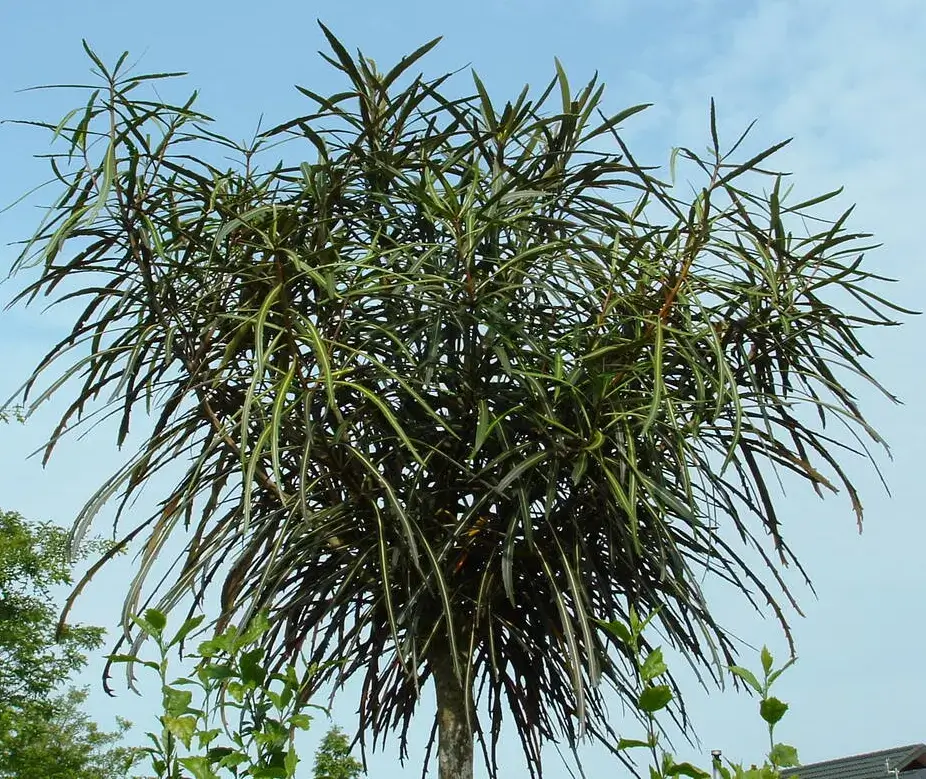
False Palm
False Palm is an exquisitely attractive plant with long, narrow or deeply cleft leaves that resembles a real palm but is very low maintenance. False Palm, though not a true palm — its leaves belong to other plant families — has the graceful, upright growt
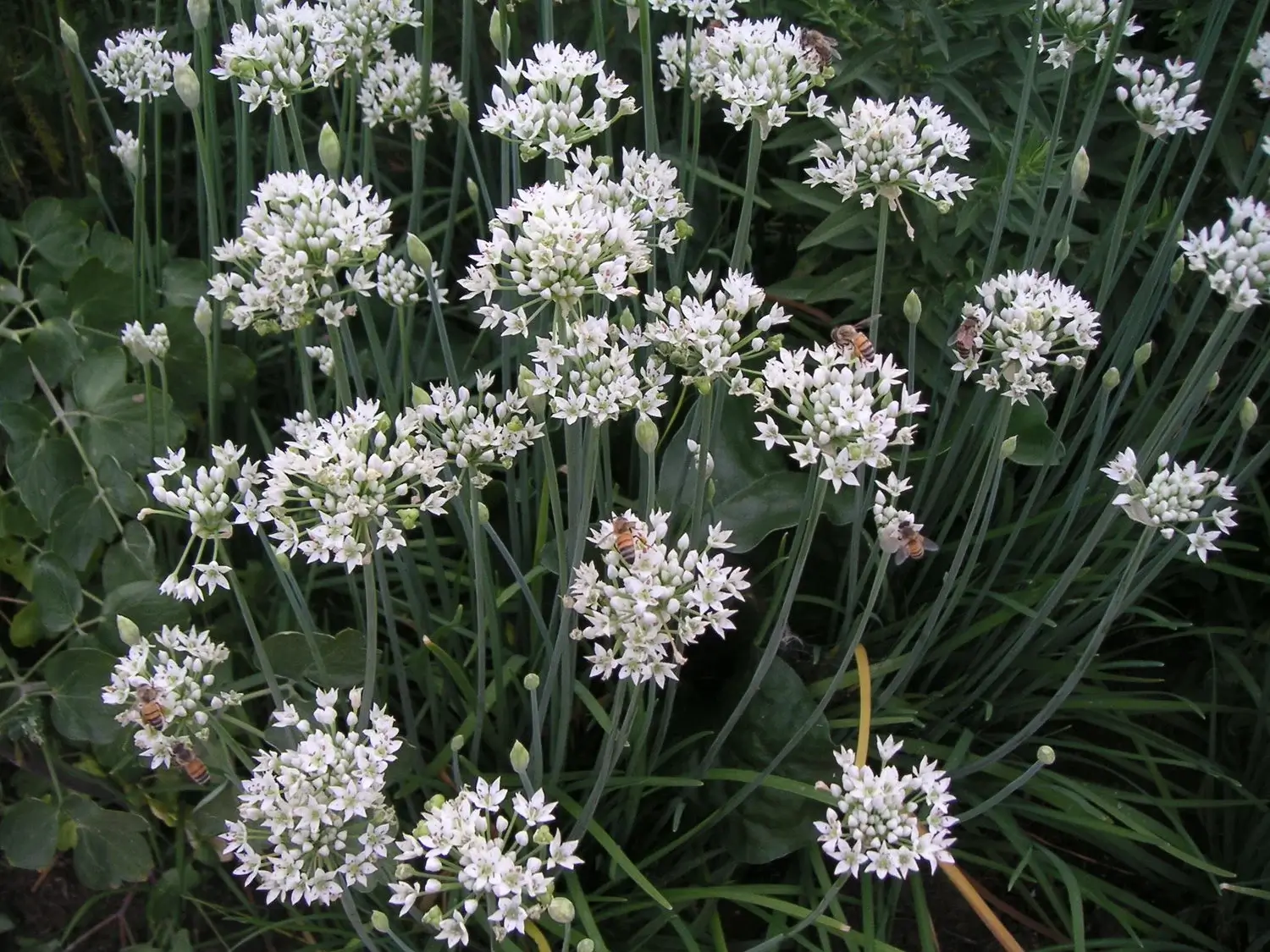
Garlic
Garlic has been grown for thousands of years, from giving culinary dishes a pungent, savory flavor to providing numerous medicinal qualities. Be it roasted, sautéed or ea

Impatiens
An Reliable Bloomer That Loves the Shadiest Spots in Your Garden
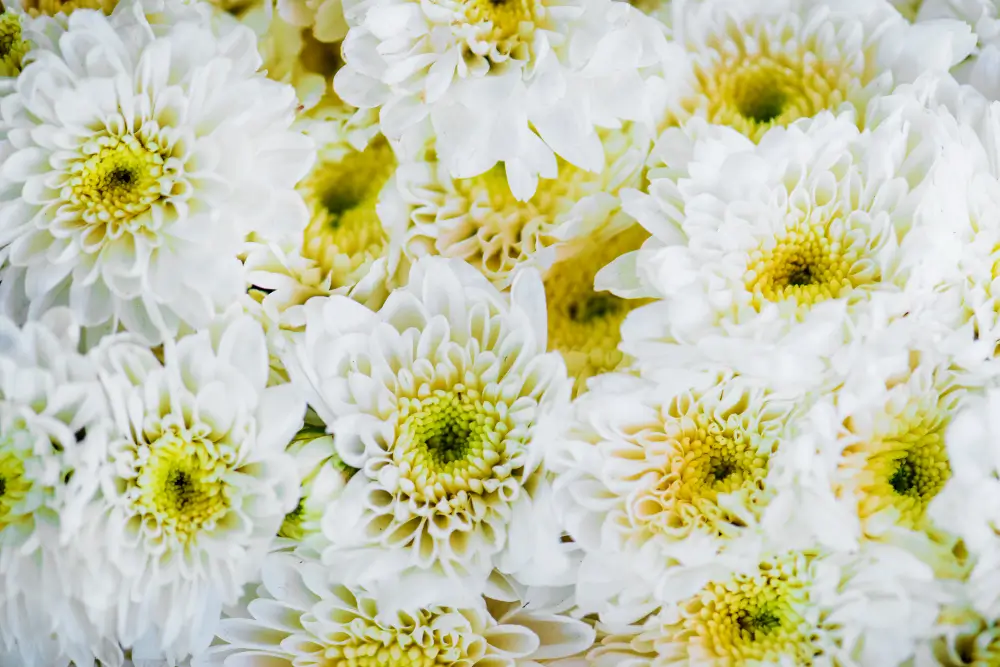
Hardy Mum
The Hardy Mum (Chrysanthemum) is the king of fall gardening for a good reason. This plant is a favorite among gardeners for its ability to flower through the cool months, providing vibrant bits of color in gardens just as the season is beginning to slow d
Watercress prefers a consistently damp to wet environment—think stream beds, pond edges, or shallow containers with constant water flow. It’s a fast-growing, fast-spreading houseplant that thrives in cool, bright conditions and loves to have its roots half in, half out of water, or to be kept consistently damp.
Begin with seeds, transplants or cuttings in spring, once the threat of frost is over. Plant in rich, loamy soil or a shallow water-filled container. Watercress is not drought-tolerant, so the trick is to maintain moist roots without letting the plant stand in water. In ideal settings, like a trickling water feature or the margins of a pond, it will spread rapidly.
As soon as the plant is established you can harvest leaves regularly. Frequent cutting encourages new, tender growth and prevents the plant from bolting or becoming bitter.
Watercress prefers full sun to light partial shade, particularly in the warmer zones. Around 4 to 6 hours of sunlight per day ensures strong, leafy growth and the bold, peppery flavor it’s known for. In very hot areas, a little afternoon shade can also help to prevent bolting and leaf burn.
Watercress likes rich, loamy, moisture-retentive soil that is rich in organic matter. It prefers sandy, wet, or boggy soils with adequate drainage and constant moisture. This should be a slightly acidic to neutral pH (6.5-7.5). When planting in a container, use a soil rich in compost and keep it submerged or well watered to recreate natural streamside conditions.
Water is critical — Watercress loves water, growing best in very moist to wet conditions. In its natural habitat, it grows in gently flowing streams, so stagnant water should be avoided. Whether in the ground or in containers, maintain saturation of the root zone. For containers, place pots in trays filled with water or create a small hydroponic setup. Mulch your garden beds well and water daily to keep them moist.
Trimming Watercress helps to maintain its tender, workable texture and flavor. Here's how to do it:
Bonus: Regular pruning will also help prevent unwanted spreading or bolting.
Watercress can be propagated from seeds and stem cuttings:
Note: High humidity and steady moisture will give best results.
You can grow watercress in pots indoors or out with the right setup:
Watercress is hardy in Zones 6–9 but may die back in colder areas. In milder zones it can overwinter outside with some protection and a good thick of mulch. In colder areas, bring plants inside and grow them in water-filled trays on a well-lit windowsill, or under grow lights. Maintain the water levels, and you can enjoy fresh greens all year.
As Watercress grows, it may produce small white flowers on long stems. Flowers are charming, but flowering often signals the end of its prime flavor — leaves become tougher and more bitter. To keep your crop tender, trim flower stalks as they appear and harvest frequently to delay bolting.
Watercress is generally easy to grow, but it requires clean water and regular harvesting to prevent troubles.
Healthy, tasty and relatively easy to grow, Watercress offers the garden a spicy bite and lush green foliage — especially if you have a cool, shady or moist area to spare. This ancient green loves just a little attention — and a lot of water, whether growing in a shallow stream, a tub of clear water, or a wet corner of the garden. Grow it for the taste, the history, or simply the joy of harvesting your own salad from a bowl of water.
Yes, but be sure it has been grown in clean, uncontaminated water — wild-harvested watercress can carry parasites.
Yes - just change the water frequently and feed, or or transfer to soil after rooting.
You can harvest weekly once established. The more you pick, the more it thrives!
Not strictly, but it does prefer very clean, constantly moist conditions—gentle circulation helps mimic its natural habitat.

Soil Health & Fertilization
Victor Miller
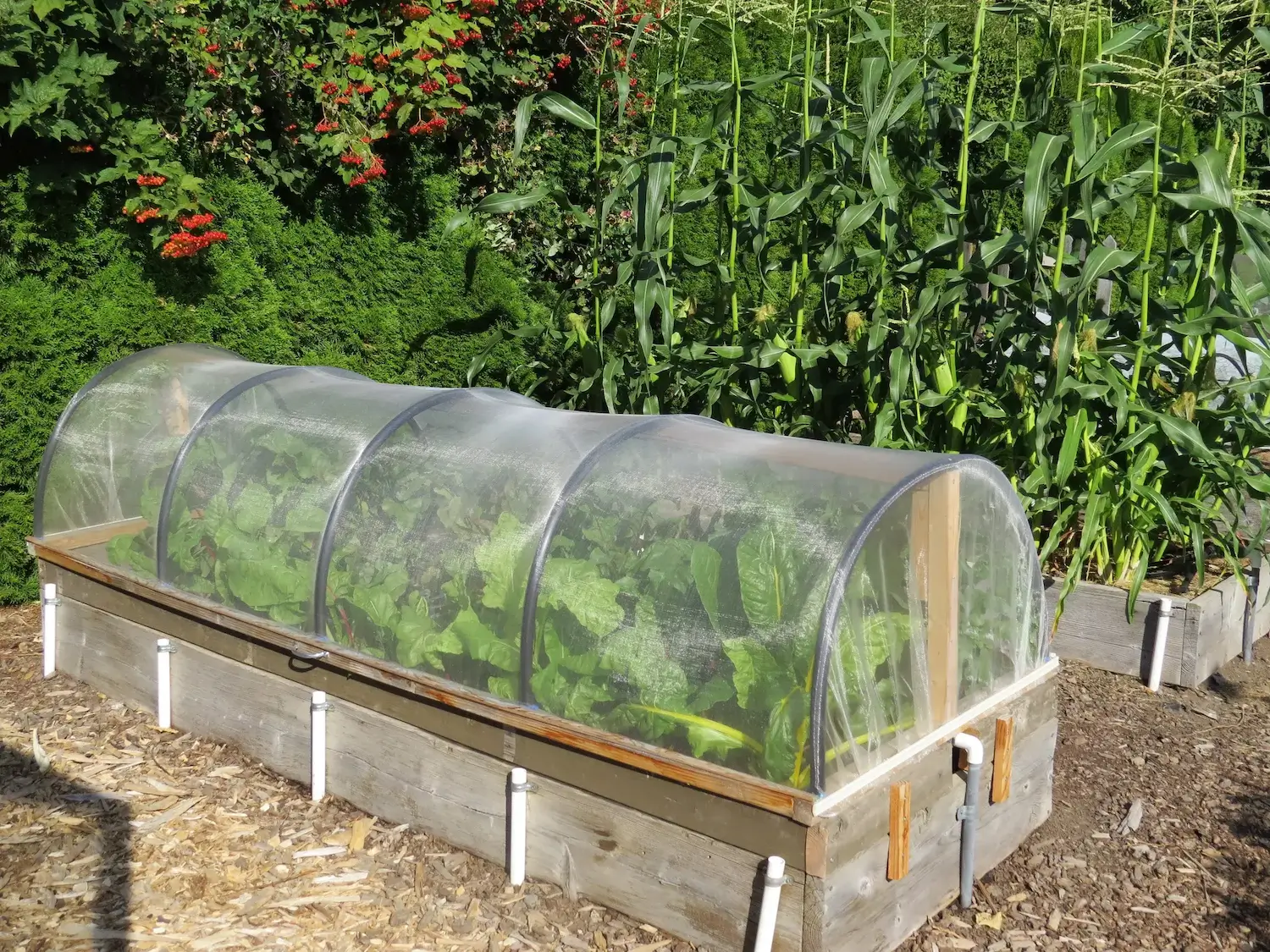
Pest Identification & Prevention
Victor Miller
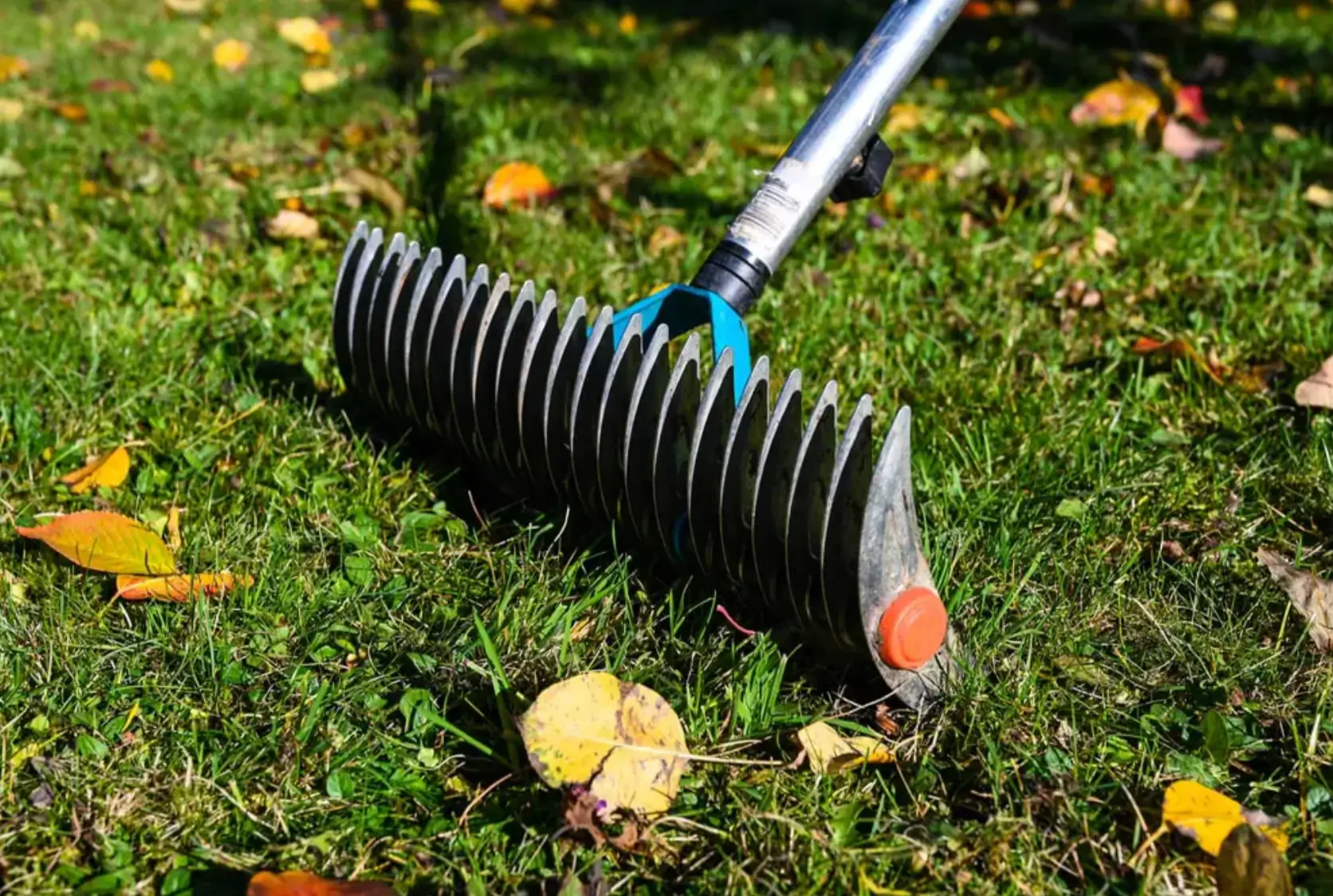
Lawn Care Tips & Maintenance
Victor Miller
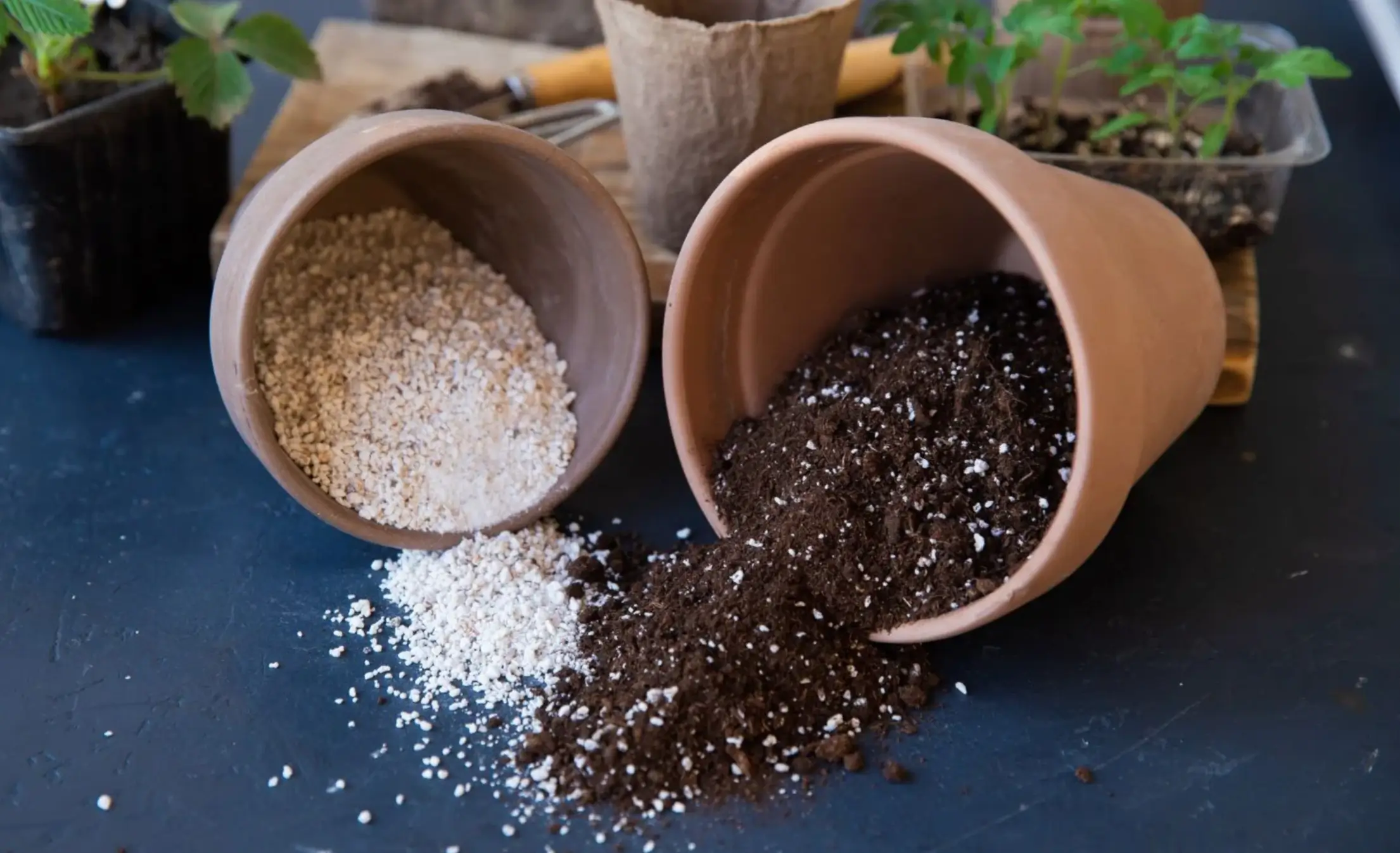
Soil Health & Fertilization
Victor Miller
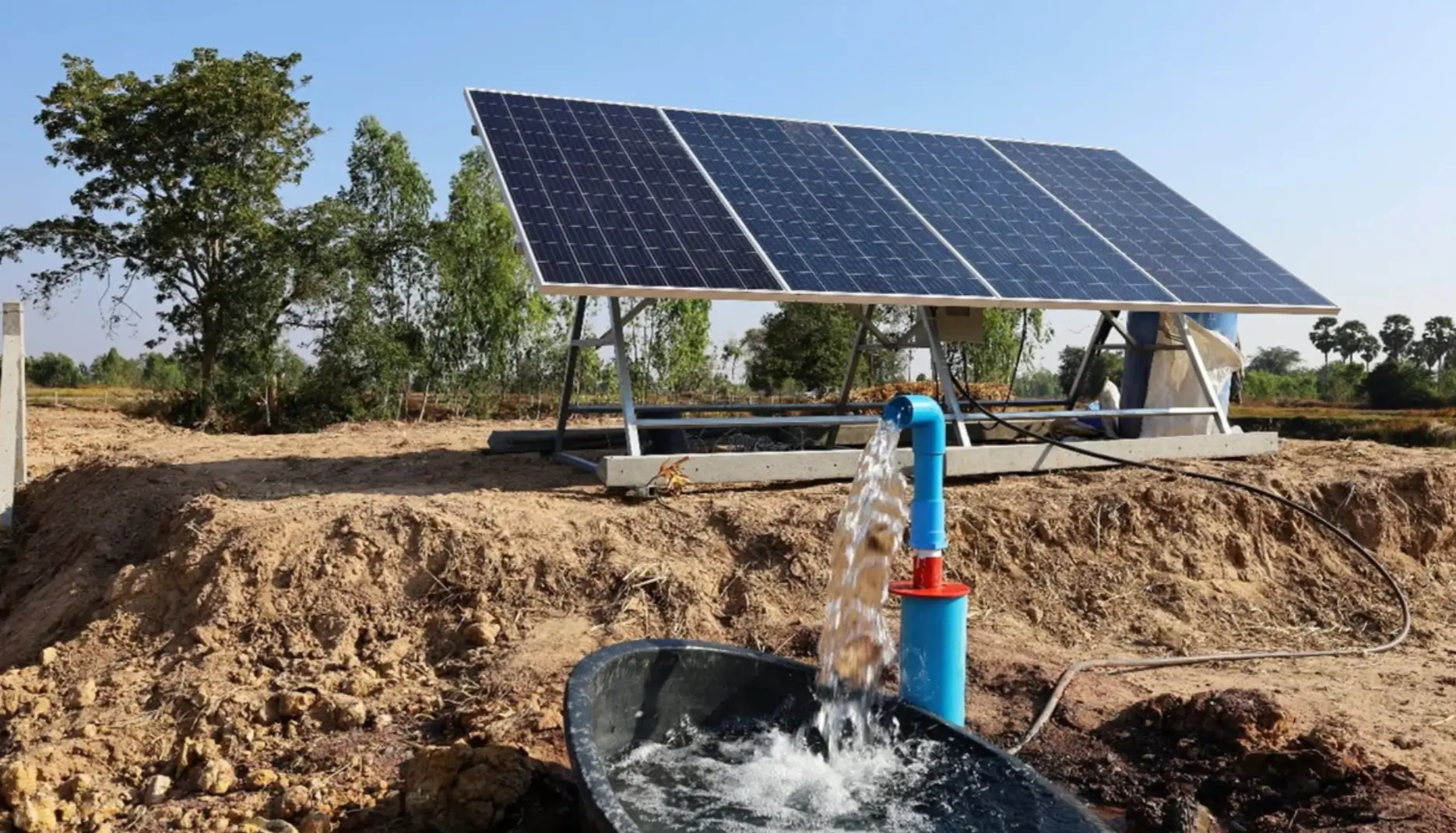
Smart Irrigation Systems
Victor Miller

Patios, Walkways & Driveways
Victor Miller
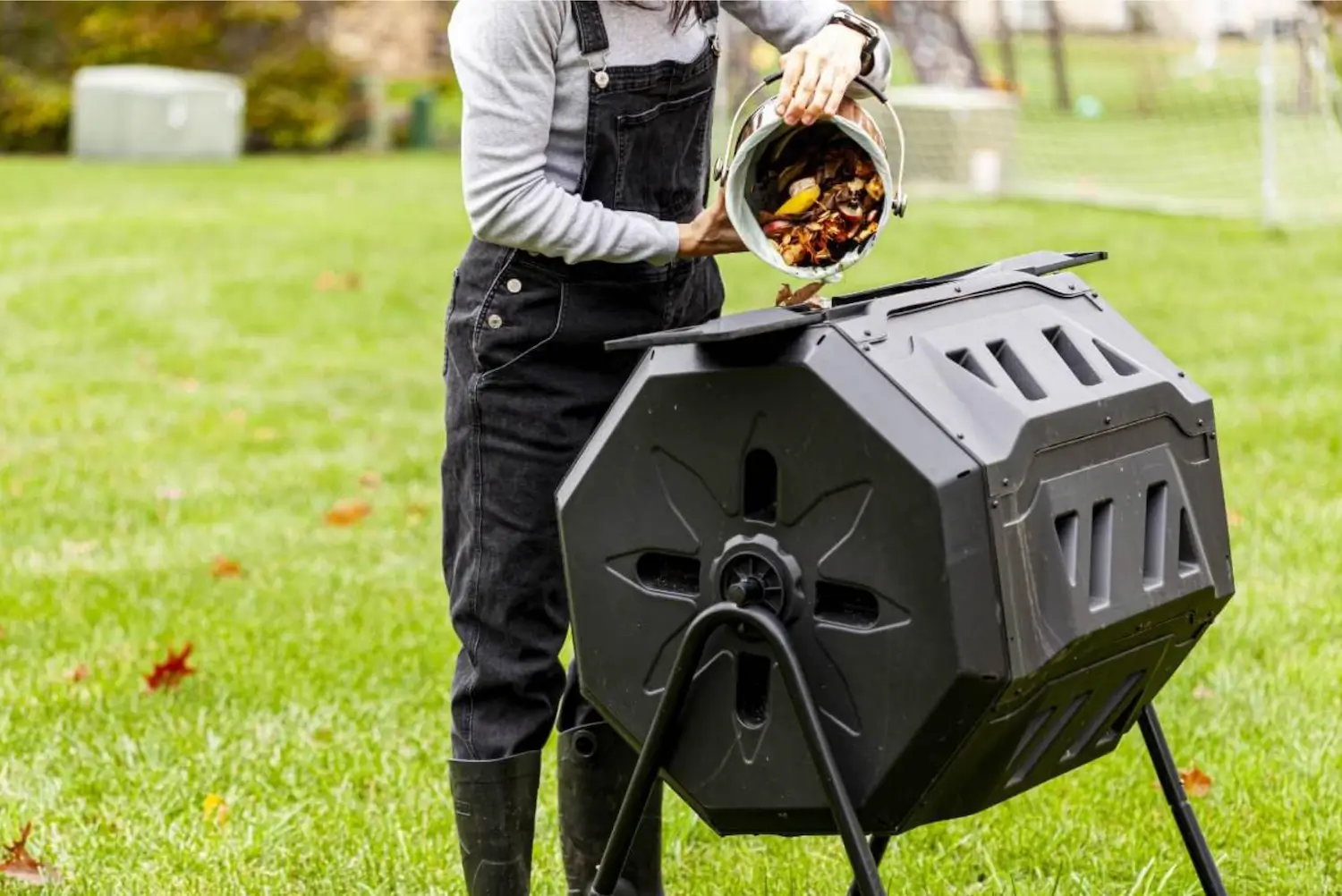
Soil Health & Fertilization
Victor Miller
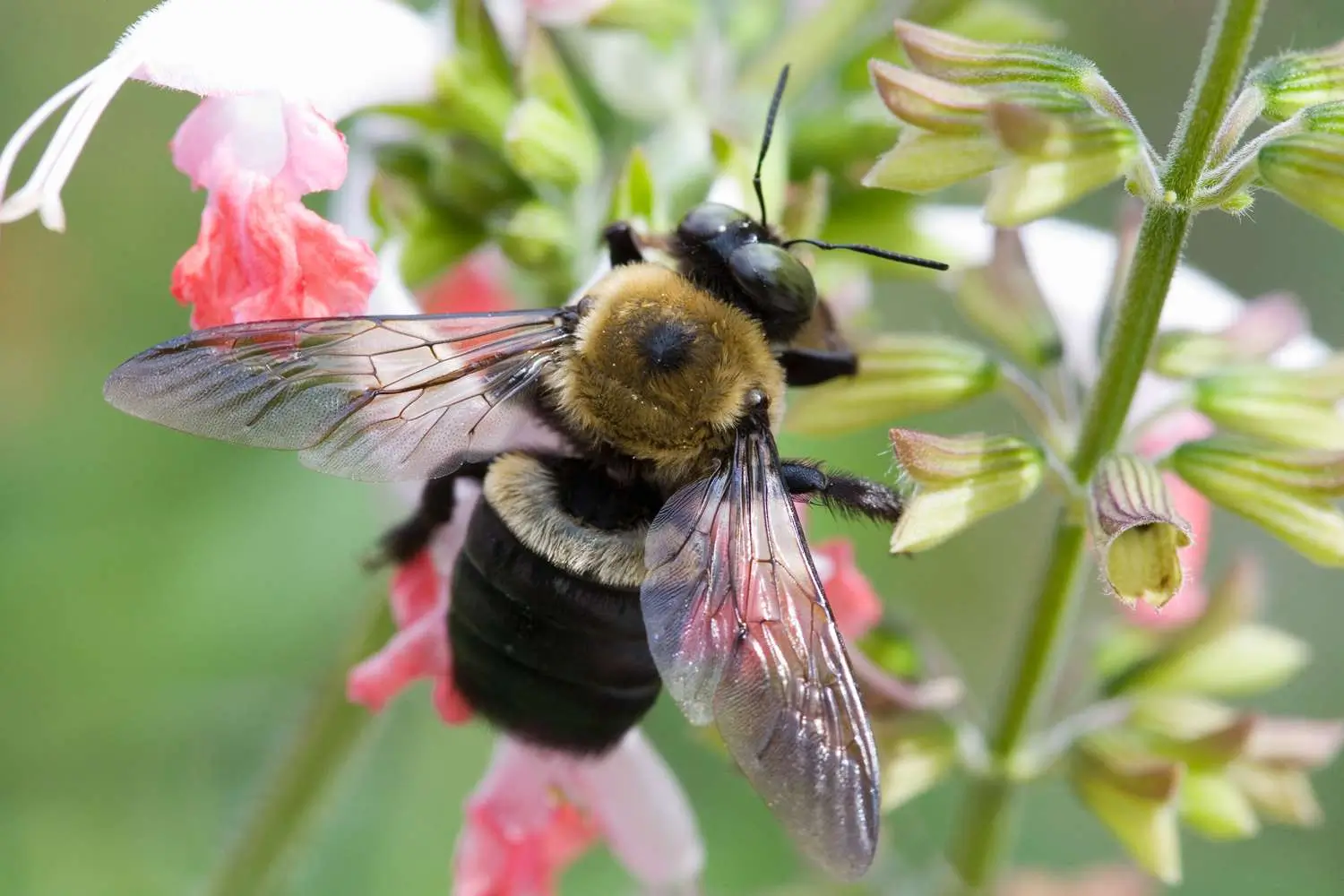
Pest Identification & Prevention
Victor Miller
My Account
Our team is always here to help.
We are open Monday - Friday, 9:00 AM to 4:30 PM PST.